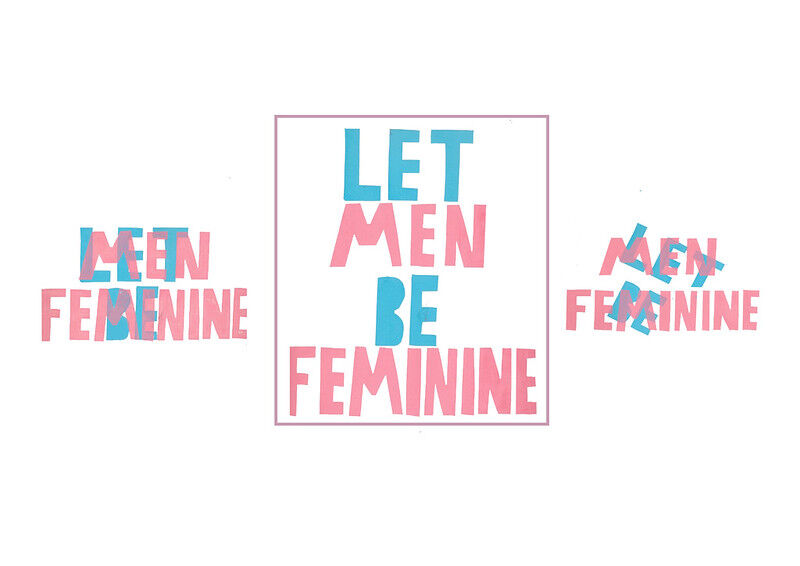Editorial: What is toxic masculinity?
The ISD Editorial Board highlights the impacts of toxic masculinity and suggests that we use a different phrase to get the point across.
September 30, 2020
Gender can be a tense topic, and the term “toxic masculinity” is blasted everywhere. The idea of toxic masculinity is a lot to unpack and understand, and it has a negative impact on everyone.
As described by Teaching Tolerance, toxic masculinity is “a narrow and repressive description of manhood, designating manhood as defined by violence, sex, status and aggression.” So it forces people, especially men and boys, into strict gender-binary boxes. It labels colors, clothes, toys, hobbies, behaviors and so much more into the binary scheme: male and female.
In the fashion world, women’s fashion has expanded and progressed. Plus-size ranges of models and clothing is no longer a foreign concept. But what about plus-size men? We’re still seeing fit men who have broad shoulders and smoldering looks. Men have bodies of various shapes, sizes, colors, etc. just like women, but they aren’t nearly as represented.
Notably, the fashion industry has clothing ideas that are outside of the box. We see some traditionally masculine clothing on females and traditionally feminine clothing on males. That doesn’t, however, mean it’s accepted in our everyday lives. People lose their minds if they see a male in a skirt.
Another such medium that attempts to break this nonbinary system is TikTok, but TikTok is far from perfect. While it’s a great source of entertainment, it includes the spread of stereotypes, dark humor about social issues and sometimes just straight-up harassment. But there are good aspects. The hashtag “femboys” has generated 136.9 million views. It’s full of people who identify as men wearing skirts, crop tops, dresses, makeup, jewelry and high heels.
A hashtag like this one is so beneficial. It offers a platform to expose people to others about just being themselves. We’ve given rules and boxes of gender definitions for people to live in. We have deemed what is “natural.”
Appearance expectations go both ways. Men are expected to wear pants, shorts that are an appropriate length and traditionally masculine shirts. They aren’t supposed to wear makeup or feminine jewelry. And they certainly aren’t supposed to wear high heels. But it is perfectly acceptable for men to wear makeup, skirts, form-fitting clothing and all the pink in the world, as long as it makes them feel good.
The former director of the University of Michigan’s Institute for Research on Women and Gender is Sarah Fenstermaker.
“When we embrace something as only ‘natural,’ it means that it can’t really be changed — that it’s baked into who we are,” Fenstermaker said. “Anyone who strays too far from expectations that surround this naturalness is odd, deviant and often deserving of punishment or exclusion.”
There’s a problem here, however, with the use of “toxic masculinity.” Instead of “toxic masculinity,” we should just say “toxic gender expectations and standards.” It’s really the same concept, but with a label that’s less of an “attack” on a certain gender identity. This isn’t a unilateral system.
Toxic masculinity is a linked explanation for male violence and sexism. It also creates an association that only “masculine” people can act in such ways when really, anyone is capable of being cruel. We can’t continue to use another oppressive term.
“Put a different way, what’s toxic isn’t masculinity — there’s nothing ultimately wrong with masculine behavior,” according to a quote from a June 2020 Fatherly article. This is a good way to put it.
Masculine behavior is perfectly okay and is not a guarantee that negative characteristics are exhibited. Toxic behavior is toxic, no matter who is partaking in it or sharing it.







